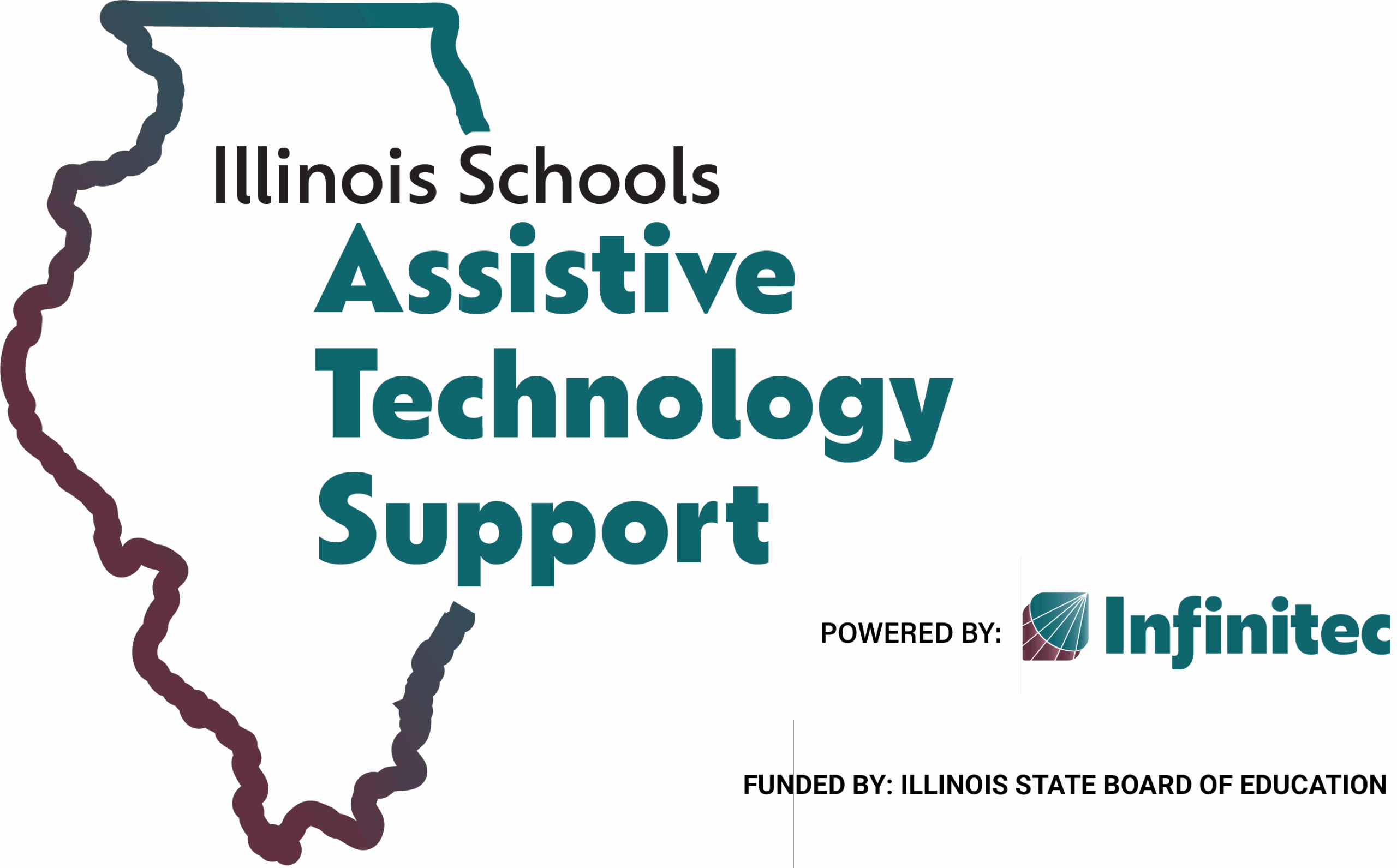IDEA 2004 mandates several special considerations for every student receiving special education services. In Section 300.324(a)(2)(v) of the IDEA 2004 regulations, it states that IEP teams must “consider whether the child needs AT devices and services” when developing a student’s IEP. It is important to understand that AT consideration is a purposeful process that involves collaborative decision making, reviewing existing information about a student, potentially collecting additional information about a student, deciding whether or not a student needs AT, and, ultimately, if a student does need AT, identifying the AT needed for a student to receive a FAPE. The onus for AT consideration falls upon the entire IEP team and is not relegated to an individual or an outside evaluator.Activities that inform and lead to AT consideration are ongoing and reoccurring processes. However, the discussion that considers the need for AT is relatively brief and is intended to occur at every IEP meeting. The Center on Technology in Education and the Technology and Media Division of the Council for Exceptional Children (2005) propose five tasks an IEP Team should undertake before making a decision regarding AT for a student:
1. Review the student’s academic skills, functional capability, and available evaluation data.
2. Develop annual goals, including objectives and benchmarks when appropriate.
3. Examine tasks required of the student to participate and progress in educational settings.
4. Evaluate the difficulty of the tasks and the student’s functional ability to perform tasks.
5. Identify services and supports, including AT, that enable the student to participate and achieve. (p.19)
Key Concepts:
AT Consideration is an ongoing and reoccurring process.
AT Consideration involves the collaboration of an entire IEP team.
AT Consideration includes review of current student information.
AT Consideration often requires data collection.
AT Consideration should occur at every IEP meeting.
AT Team Guidance for Consideration Flowchart
This flowchart created by Wojcik (2012) including information from The Center on Technology in Education and the Technology and Media Division of the Council for Exceptional Children (2005) and Chambers (1997)

